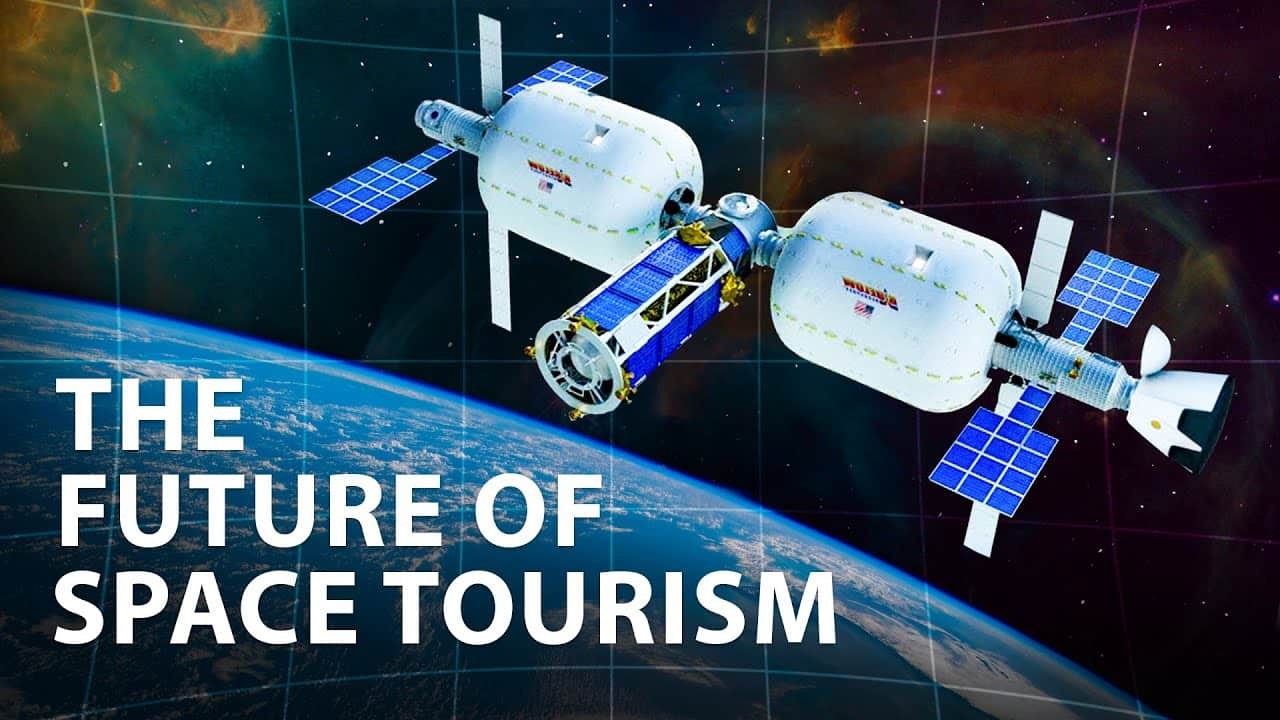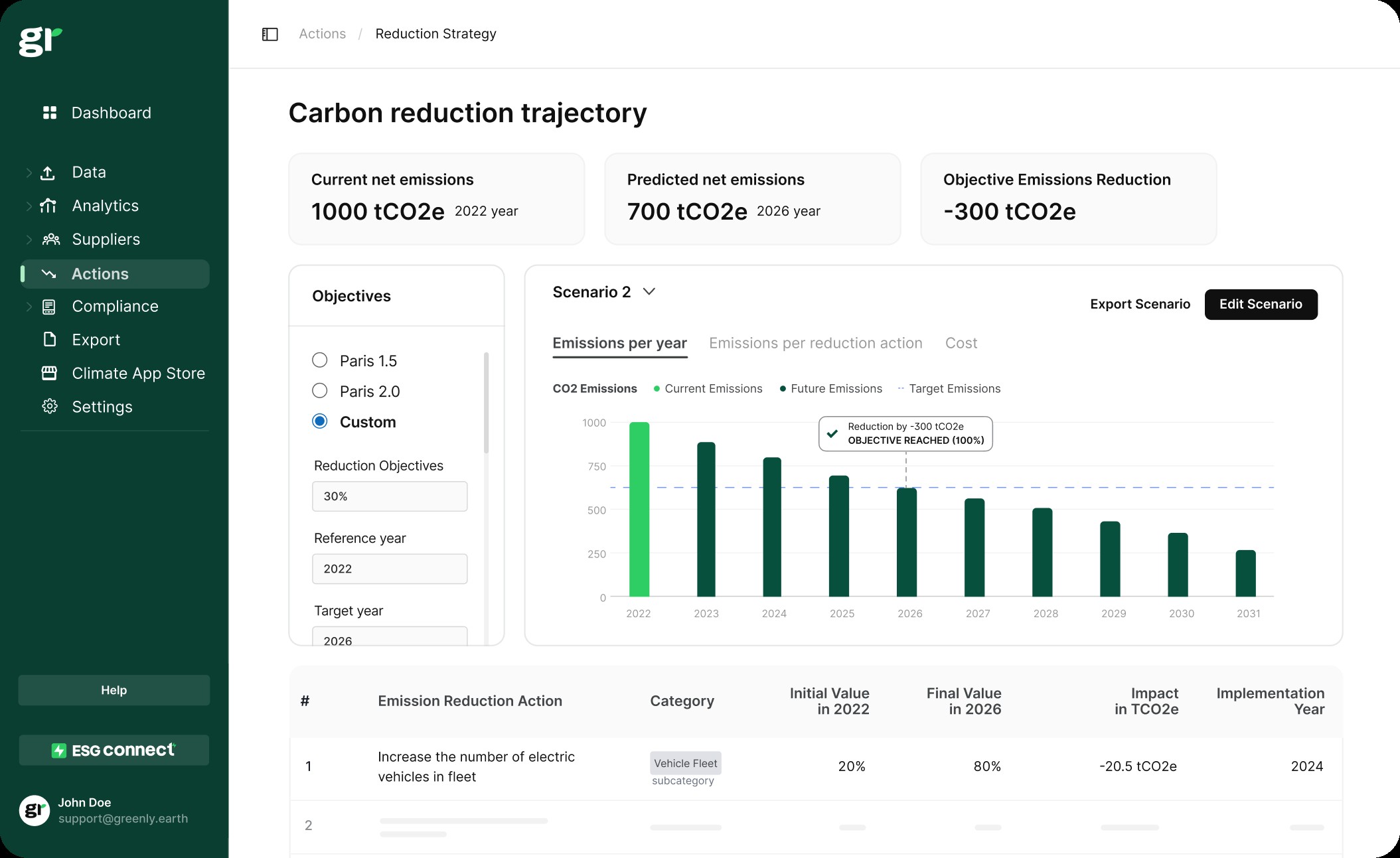Space tourism, while exciting, raises concerns about its environmental impact. Considering a trip to Vietnam instead? SIXT.VN offers eco-friendly travel options. Let’s explore the environmental costs of space travel and discover sustainable alternatives for your next adventure.
1. What Exactly Is Space Tourism?
Space tourism involves traveling to space for personal enjoyment, not for specific work or research purposes. Think of it as a vacation – but to the stars.
Commercial flights to space might be available soon, possibly by late 2024, but the price tag is steep, around half a million dollars. These trips are categorized as suborbital (a brief hover above Earth) or orbital (a days-long journey around the planet). Companies like Blue Origin and Virgin Galactic offer suborbital experiences, while SpaceX, Space Adventures, and Axiom Space focus on orbital travel. The primary difference lies in duration and cost, with orbital flights costing millions versus hundreds of thousands for suborbital. According to research from NASA in 2023, space tourism promises unique experiences but introduces environmental challenges.
1.1 What Kind of Discoveries Has Space Tourism Produced?
Space tourism and human space travel has led to discoveries and advancements in various fields:
| Discovery Area | Example | Impact |
|---|---|---|
| Materials Science | Development of lightweight, heat-resistant materials | Used in aerospace, automotive, and construction industries |
| Medical Technology | Advances in remote monitoring and diagnostics | Improved healthcare delivery in remote areas |
| Communications | Development of satellite communication systems | Enabled global connectivity and access to information |
| Earth Observation | Improved satellite imagery and remote sensing | Enhanced weather forecasting, environmental monitoring, and disaster management |
| Navigation | Development of GPS technology | Revolutionized navigation, mapping, and location-based services |
As technology advances, space tourism will grow commercially, raising interest in long-term space travel amid climate change.
 Astronaut performing a spacewalk
Astronaut performing a spacewalk
2. Why the Growing Interest in Space Tourism?
The rise in greenhouse gases due to human activities, particularly since the industrial revolution, fuels interest in space tourism and establishing settlements beyond Earth. Urbanization and technological advancements have exacerbated emissions, prompting exploration of alternatives like Mars colonization.
While Mars has a similar terrain to Earth, its atmosphere contains only 0.13% oxygen, requiring humans to wear spacesuits. Regardless, the allure of space tourism and interplanetary settlement persists. However, escaping Earth’s problems won’t prevent further environmental damage if we don’t address the root causes of our home planet’s issues. SIXT.VN encourages travelers to consider sustainable tourism options on Earth, like exploring Vietnam’s stunning natural landscapes.
2.1 What Is the Impact of Space Tourism on Other Planets?
Space tourism has the potential to impact other planets in several ways:
- Contamination: Spacecraft can carry microbial life from Earth, potentially contaminating other planets and impacting their native ecosystems.
- Resource Depletion: Establishing settlements on other planets may require the extraction of local resources, leading to resource depletion and environmental degradation.
- Habitat Disruption: Construction of habitats and infrastructure can disrupt natural habitats and impact local flora and fauna.
- Planetary Protection: Guidelines and protocols are needed to minimize the environmental impact of space tourism on other planets and preserve their scientific value.
 A futuristic space station orbiting Earth
A futuristic space station orbiting Earth
3. How Does Space Tourism Threaten the Climate?
The increased exploration of space results in more rockets, satellites, and rovers being launched, contributing to space junk. This debris, left floating in space, can release emissions and toxic substances back into our atmosphere.
Space tourism, like space exploration, results in excessive emissions and black carbon. Black carbon, the fine soot released from vehicles (including rockets), poses significant threats. According to research from the National Institutes of Health, black carbon can cause lung disease, harm the ozone layer and ecosystems, impact agriculture, and exacerbate climate change. Long space travels for space tourism can be a significant climate threat, emitting massive amounts of black carbon and other emissions during rocket launches.
3.1 What Dangerous Substances Are Released During Space Tourism?
During space tourism activities, several dangerous substances can be released into the atmosphere, posing risks to the environment and human health:
- Black Carbon: Soot particles produced by rocket engines contribute to air pollution and can have adverse health effects, such as respiratory problems and cardiovascular diseases.
- Nitrogen Oxides (NOx): These gases, released during combustion, contribute to smog and acid rain, and can exacerbate respiratory conditions.
- Chlorine-containing Compounds: Some rocket fuels contain chlorine, which can deplete the ozone layer and increase the risk of skin cancer and other health issues.
- Perchlorates: Used as oxidizers in rocket propellants, perchlorates can contaminate water sources and interfere with thyroid function, leading to health problems.
- Heavy Metals: Certain rocket components may contain heavy metals, such as mercury and lead, which can persist in the environment and accumulate in food chains, posing risks to human health.
4. Is Space Tourism More Harmful Than Air Travel?
Space tourism has the potential to be more damaging than traditional air travel. While efforts are being made to promote space tourism, its environmental consequences are often downplayed.
Rockets used for space tourism emit black carbon directly into the stratosphere, unlike commercial airplanes that fly at lower altitudes. Even though air travel is currently more frequent, the black carbon produced by space tourism can pollute the atmosphere faster and more dangerously. Therefore, commercial space tourism could be more environmentally harmful than air travel.
Vietnam offers alternatives:
- Eco-lodges: Stay in accommodations that prioritize sustainability.
- Sustainable transportation: Use trains or buses for long-distance travel.
- Support local businesses: Buy from local artisans and eat at local restaurants.
- Reduce waste: Bring reusable water bottles and shopping bags.
 Commercial flight wing view
Commercial flight wing view
5. Can Space Tourism Be Developed Sustainably?
Like air travel, space tourism will inevitably produce emissions. However, steps can be taken to minimize its environmental impact.
The space industry can develop greener rocket launches by using cleaner energy sources, such as biofuels, to reduce black carbon emissions. Reusable rocket technology, like SpaceX’s Falcon 9, can also minimize space junk and waste. Additionally, developing new technologies like ion thrusters or nuclear thermal propulsion can improve energy efficiency. Carbon offsetting programs can help compensate for emissions, although they shouldn’t replace emission reduction efforts. New environmental regulations and incentives can promote sustainable practices in the space tourism industry.
5.1 How Can Space Junk Be Reduced?
Reducing space junk is essential for ensuring the long-term sustainability of space activities:
- Active Debris Removal: Developing technologies to capture and remove existing space debris, such as nets, harpoons, or robotic arms.
- Satellite Design: Designing satellites with features that facilitate their deorbiting at the end of their mission, such as drag sails or propulsion systems.
- Mission Planning: Planning missions to minimize the creation of new debris, such as avoiding collisions and ensuring proper disposal of spacecraft components.
- Tracking and Monitoring: Improving tracking and monitoring capabilities to better understand the location and movement of space debris and prevent collisions.
- International Cooperation: Fostering international cooperation and agreements to address the issue of space junk and promote responsible space practices.
Upcycling old space junk for new spacecraft could further reduce the environmental impact. With thousands of old satellites in space, a large-scale cleanup could provide materials for refurbished spacecraft. While space tourism is intriguing, consider exploring what Earth has to offer while the space industry develops more sustainable practices. Explore Vietnam with SIXT.VN’s eco-friendly tours and transportation options.
6. Sustainable Travel Alternatives with SIXT.VN
Feeling inspired to travel more sustainably? Here’s how SIXT.VN can help you explore Vietnam responsibly:
- Eco-Friendly Transportation: SIXT.VN offers a range of fuel-efficient vehicles and electric car options for rent, reducing your carbon footprint while exploring Vietnam’s cities and countryside.
- Sustainable Accommodation: Partnering with eco-conscious hotels and resorts, SIXT.VN helps you find accommodations that prioritize sustainability, such as energy efficiency, waste reduction, and responsible water management.
- Eco-Tours: SIXT.VN provides guided tours and excursions that focus on environmental preservation and cultural sensitivity, allowing you to discover Vietnam’s natural beauty while minimizing your impact.
- Carbon Offsetting: SIXT.VN supports carbon offsetting programs that invest in renewable energy projects and reforestation initiatives, helping you compensate for the emissions generated during your trip.
- Local Experiences: SIXT.VN promotes interactions with local communities and businesses, supporting their sustainable practices and contributing to their economic development.
6.1 What Destinations Does SIXT.VN Suggest for Eco-Conscious Tourists?
SIXT.VN recommends these destinations for eco-conscious tourists in Vietnam:
| Destination | Highlights | Sustainable Activities |
|---|---|---|
| Sapa | Trekking through rice terraces and visiting ethnic minority villages | Stay in eco-lodges, support local guides and homestays |
| Pu Luong Nature Reserve | Hiking in lush forests and exploring traditional villages | Participate in community-based tourism initiatives, visit organic farms |
| Cat Ba Island | Kayaking in Ha Long Bay and exploring Cat Ba National Park | Join responsible kayaking tours, support local conservation efforts |
| Mekong Delta | Cruising along the Mekong River and visiting floating markets | Take eco-friendly boat tours, visit sustainable farms and gardens |
| Con Dao Islands | Snorkeling and diving in pristine waters and exploring Con Dao National Park | Choose responsible dive operators, support local marine conservation projects |
7. Greenly and Your Carbon Footprint
Interested in reducing your carbon emissions further? Greenly can help you discover the surprising factors that contribute to environmental damage.
Even if space tourism becomes sustainable, many hidden sources of environmental harm exist. Greenly helps you measure and reduce your emissions across various scopes. SIXT.VN is committed to promoting responsible tourism. By choosing sustainable options with SIXT.VN, you contribute to preserving Vietnam’s beauty for future generations. Contact SIXT.VN today to plan your eco-friendly adventure. Address: 260 Cau Giay, Hanoi, Vietnam. Hotline/Whatsapp: +84 986 244 358. Website: SIXT.VN.
 Greenly action plan platform
Greenly action plan platform
8. FAQs About Space Tourism and the Environment
8.1. How does space tourism contribute to climate change?
Space tourism contributes to climate change through the emission of greenhouse gases and black carbon from rocket launches, which can deplete the ozone layer and exacerbate global warming.
8.2. Is space tourism more harmful to the environment than air travel?
Space tourism has the potential to be more harmful than air travel because rockets emit black carbon directly into the stratosphere, whereas commercial airplanes fly at lower altitudes.
8.3. What are the main environmental concerns associated with space tourism?
The main environmental concerns associated with space tourism include air pollution, ozone depletion, space junk, and the potential contamination of other planets.
8.4. Can space tourism be made more sustainable?
Yes, space tourism can be made more sustainable by developing greener rocket launches, using reusable rocket technology, improving energy efficiency, and implementing carbon offsetting programs.
8.5. What are some alternative technologies to make space travel more eco-friendly?
Alternative technologies to make space travel more eco-friendly include using biofuels, ion thrusters, nuclear thermal propulsion, and upcycling old space junk for new spacecraft.
8.6. What regulations and policies can promote sustainable practices in the space tourism industry?
New environmental regulations, international cooperation, and incentives for greener rocket launches can promote sustainable practices in the space tourism industry.
8.7. How can individuals reduce their environmental impact while engaging in space tourism?
Individuals can reduce their environmental impact by supporting companies that prioritize sustainability, offsetting their carbon emissions, and advocating for responsible space tourism practices.
8.8. What is the role of international cooperation in addressing the environmental challenges of space tourism?
International cooperation is crucial for establishing guidelines, regulations, and agreements to address the environmental challenges of space tourism and ensure responsible space practices.
8.9. How does space junk pose a threat to the environment and space exploration?
Space junk poses a threat to the environment by releasing emissions and toxic substances back into the atmosphere and to space exploration by increasing the risk of collisions with operational satellites and spacecraft.
8.10. What are the long-term environmental consequences of space tourism if not addressed properly?
If not addressed properly, the long-term environmental consequences of space tourism include accelerated climate change, ozone depletion, increased space junk, and potential harm to ecosystems on Earth and other planets.



